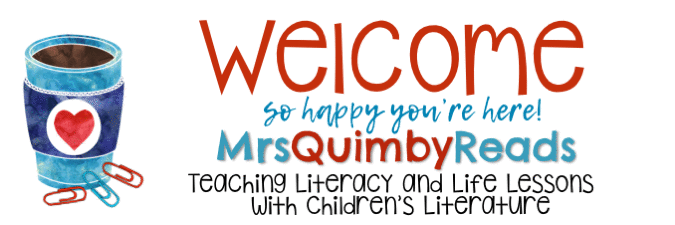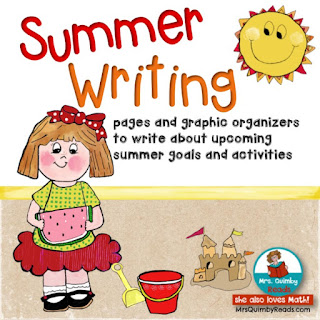Create some merry and bright Christmas math stations
 |
| Little Elf Cover Up |
a simple and fun game to place in a math station. Roll the dice. Add the numbers. Find the elf. Cover the number. You can laminate these pages or place them in a protective covering so the children can use them over and over.
Included are:
7 elf cards with numbers in color
7 elf cards with numbers b&w
directions for teacher. You will need dice and pompoms.
 |
| Christmas Math Center |
Set up a 'Christmas' Math center with these write and spin pages. Learn to count and write numbers. Pages focus on learning and writing the numbers from 0-9, counting and recognizing numbers.
spin and write {spin and count, then write}
How many? Count and write the number
Color the elf and Christmas Tree by number …
Handwriting Practice of Numbers 0-9 – use any time
 |
| Reindeer Cover Up - Multiplication |
Laminate these pages or place them in a protective covering so the children can use them over and over.
Included are:
• 7 reindeer cards with numbers in color
• 7 reindeer cards with numbers b&w
• directions for teacher
• you will need dice and pom poms or counters
And one more! Of course, writing a wish list:
 |
| Write a Christmas Wish List |
























